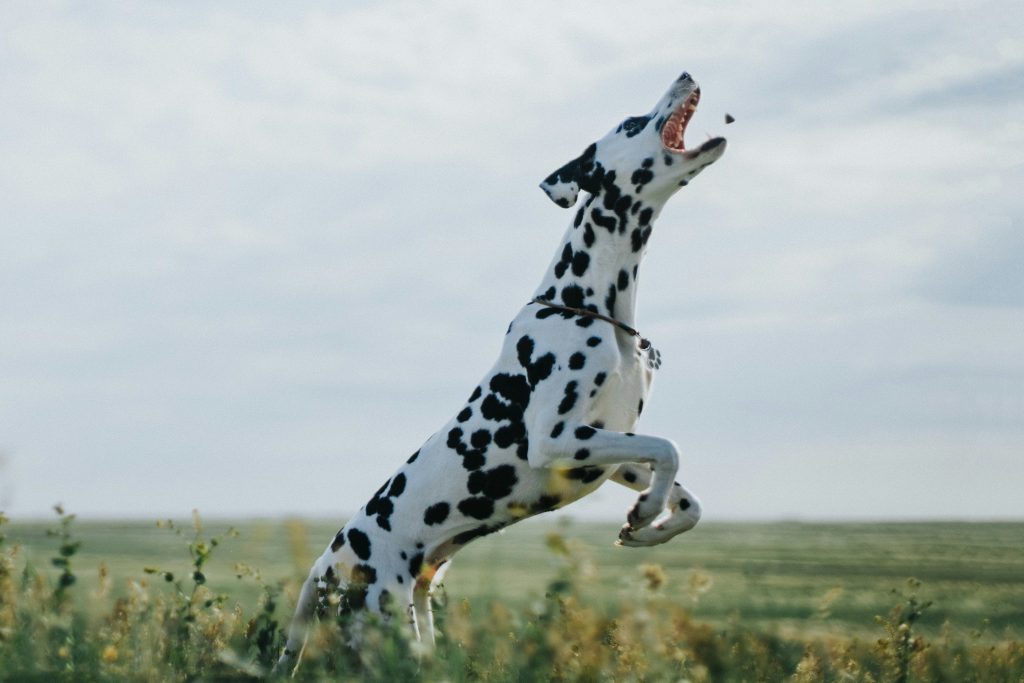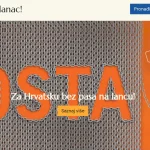February the 5th, 2024 – The Dalmatian (which is still wrongly referred to as Dalmatiner instead of Dalmatinac in Croatian) is the most famous Croatian breed. How much do you know about these spotted canines?
As Jadranka Nicetic writes, the Dalmatian is a descendant of the spotted Egyptian Greyhound that initially arrived in Dubrovnik via Crete. The oldest known name of this breed is actually not the Dalmatian, but the Dubrovnik Hound, while later it was selected and trained as the “Dalmatian birder”.
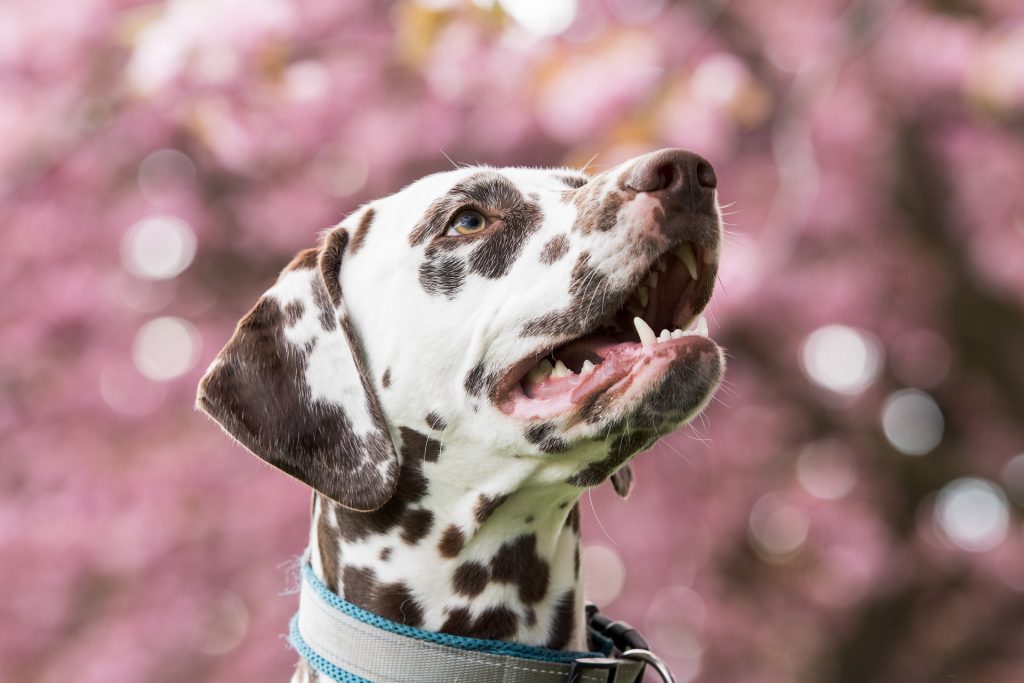
Originating (in the form we know it today) from the City of Dubrovnik, this iconic breed spread across the globe, more specifically to all countries with which the Dubrovnik Republic enjoyed trade relations. It was used as a dog of war against the marauding forces of the Ottoman Empire, and as a faithful escort for the Uskoks from Senj.
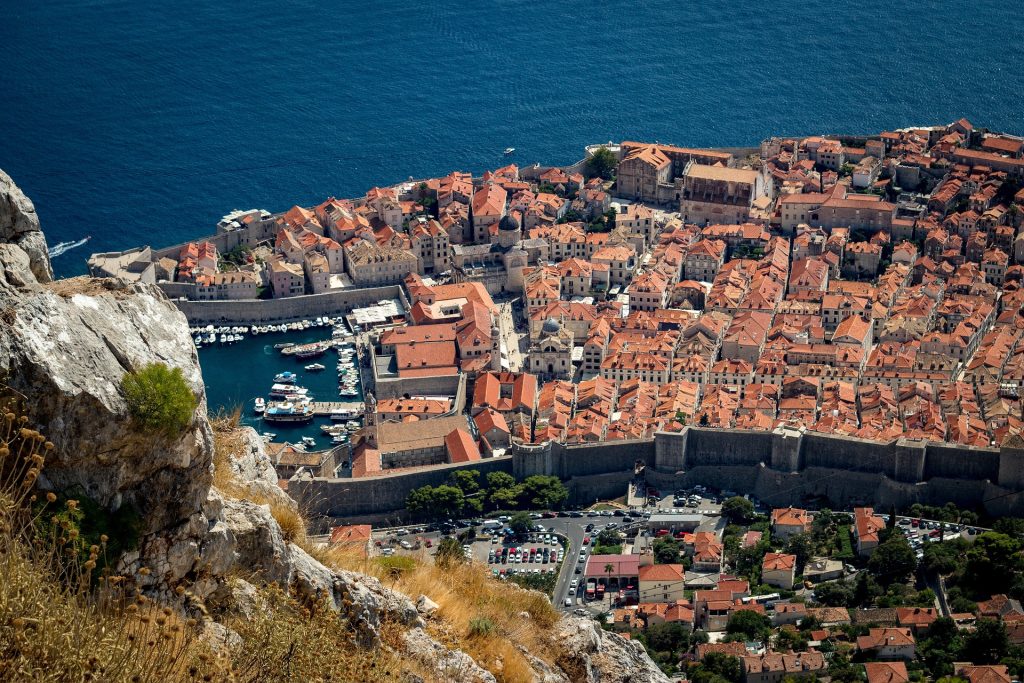
Hunters adored the Dalmatian because it had no problem catching its quarry quickly and efficiently. Its lithe shape and strong prey drive determined its category as a hound (hunting dog) quickly determined. The Italians valued the Dalmatian for its unusual coat patterns.
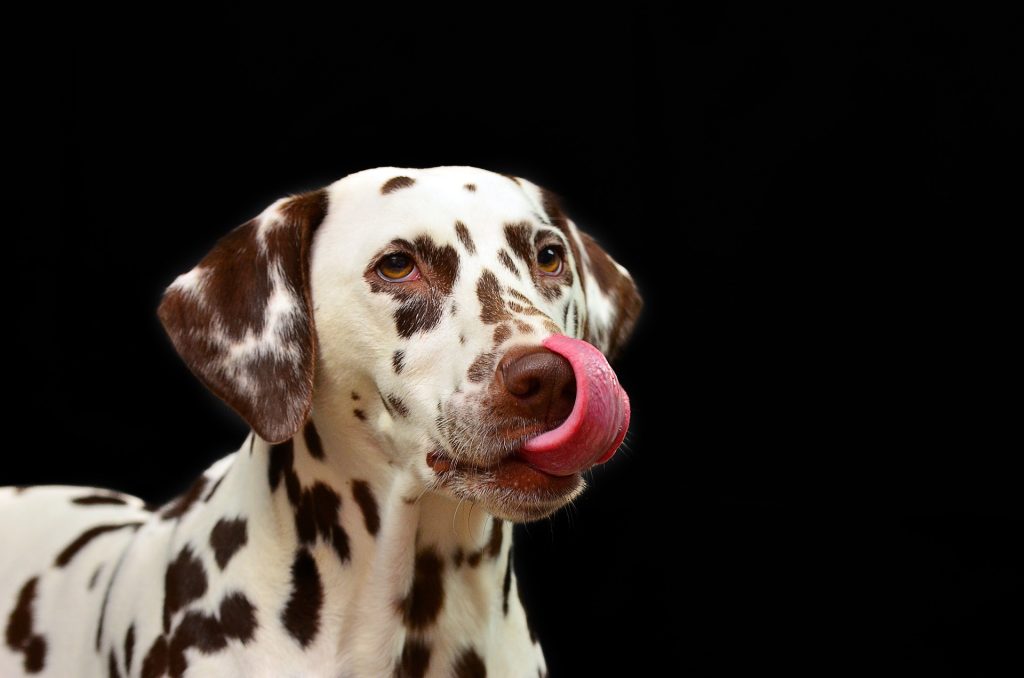
The Dalmatian first arrived in England from France, where it was initially named the Gallic dog. Breeding continued there and the dog received a standard name – the Dalmatian – and it soon became a companion dog. Commonly, decorative Dalmatians accompanied noble carriages.
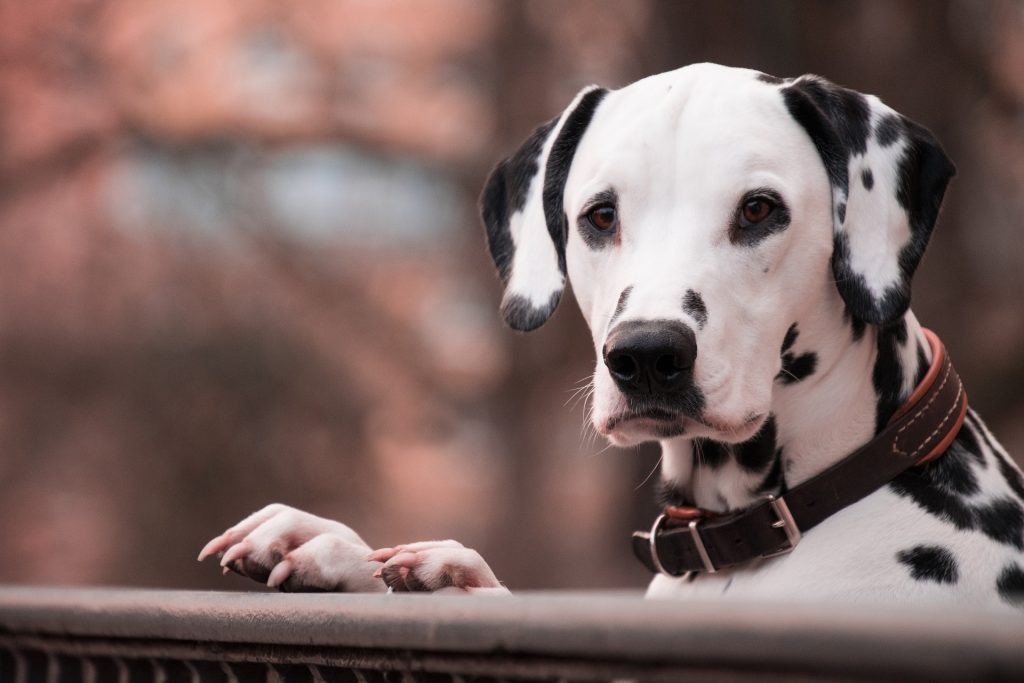
The earliest known mention of this old breed is from way back in 1374. In the continental Croatian town of Đakovo, in the 16th century, there was a known breeder of Dalmatians who had many dogs, which were primarily bred for military purposes. More recently, a description of the breed was discovered in Đakovo. The Dalmatian is clearly depicted on several coats of arms, and it was mentioned in the oldest Croatian list of native dog breeds in 1822 in Zadar. The painting of the Last Supper in the Franciscan Monastery in Zaostrog near Makarska from the 18th century speaks most faithfully about the origin and residence of the Dalmatian in Croatia. On it, an unknown painter had depicted the breed in the company of the twelve apostles.

Loved all over the world, many films have been made about the breed, fire stations across the United States kept Dalmatians, as they proved themselves to be self-sacrificing helpers in rescue missions.
Federation Cynologique International (FCI), has its headquarters in the Belgian city of Thuin, and the Republic of Croatia was admitted to full membership at the 1995 general assembly in Brussels. Croatia brought five beautiful native breeds to the organisation: The Istrian short-haired and long-haired hounds, the Posavina hound (Posavac), the Croatian Shepherd and the most popular Croatian dog in the world: the Dalmatian.
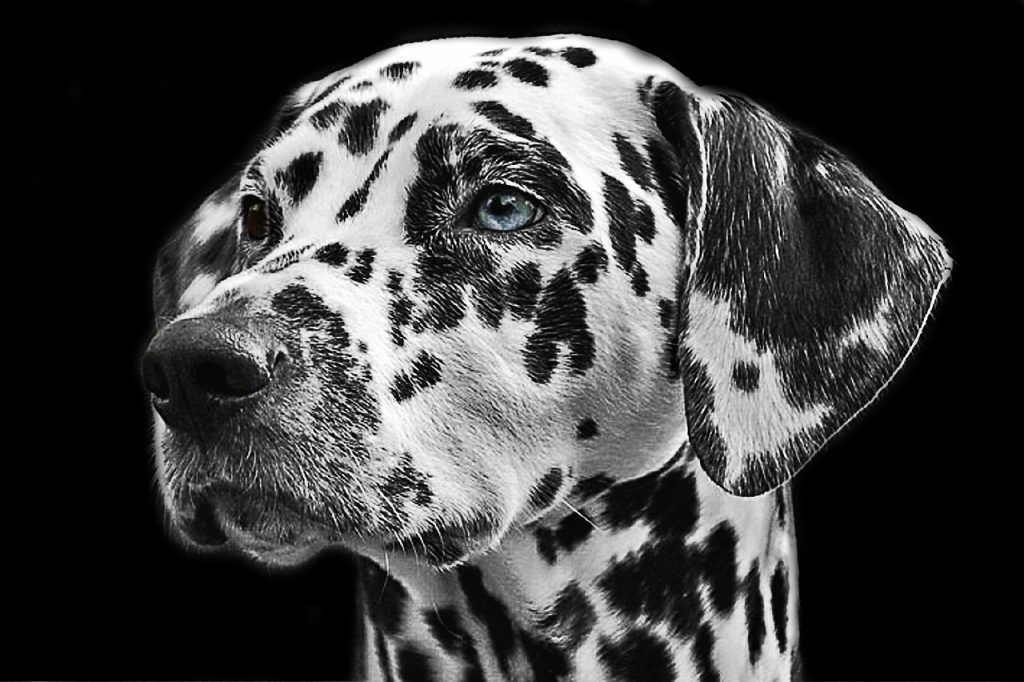
What makes the Dalmatian particularly recognisable is the stark white colour of its short, thick and shiny coat. Black or brown rounded spots with a diameter of two or three centimetres stand out against the white fur. The more spots the dog has, the more appreciated the example of the breed will be in terms of show Dalmatians, but they mustn’t be connected or form larger surfaces. A lithe, strong and muscular body with symmetrical outlines contributes to the dog’s posture and elegant even gait.
By nature, Dalmatians are known for being very lively, cheerful, attentive and especially devoted to their humans. They often become depressed if not in the company of their favourite people. Clownish in nature, Dalmatians love playing and interacting with children, being attentive and affectionate towards them. It’s no wonder the Dalmatian become such a beloved companion worldwide.
Staying true to their origins along Croatia’s Dalmatian coast, this breed loves swimming.
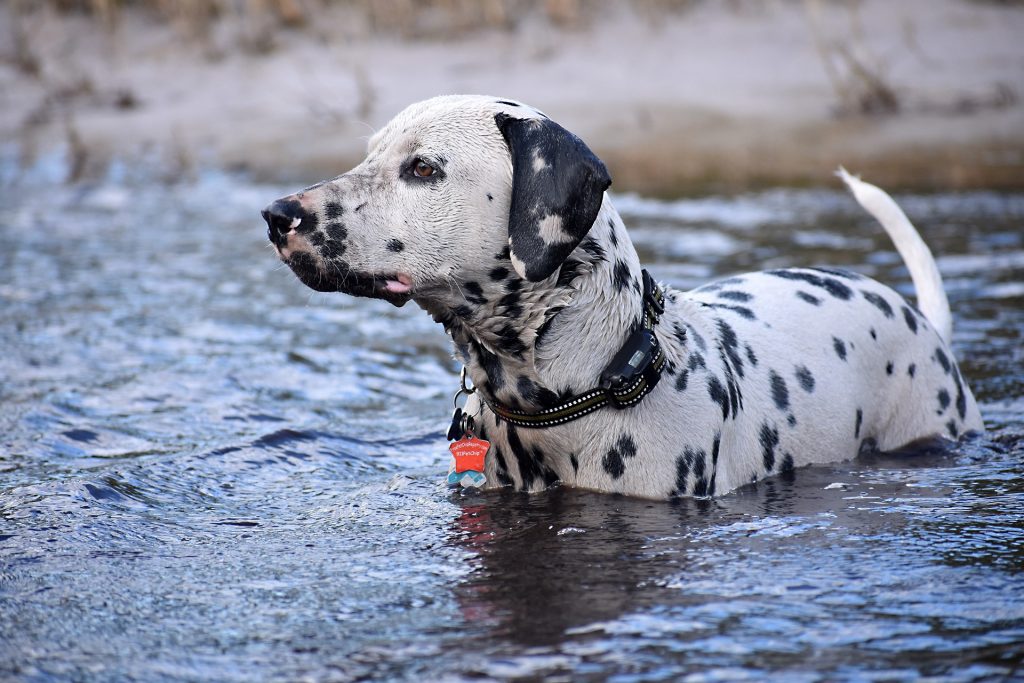
Thanks to Walt Disney, there is no child in the world who doesn’t know about the Dalmatian, but the funny thing is – if you were to ask the parents of those children where the breed came from, few would know the correct answer. As is the case with the tie and the pen, the Republic of Croatia should be the first thing one associates with the truly iconic Dalmatian.
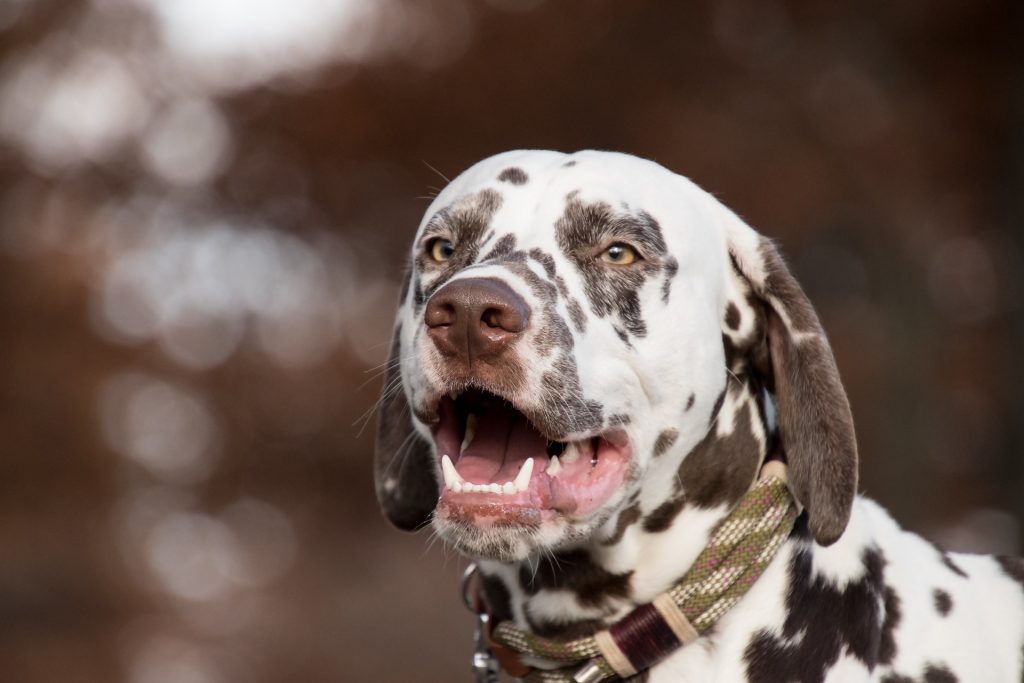
Some steps have been taken in this regard, however. Back in 2001, the Croatian Post Office issued a postage stamp with the image of a Dalmatian in the value of 5 kuna. At a competition in Warsaw held in 2018, the Dalmatian was declared the most beautiful dog in all of Europe, and more recently in 2021, coins were made from precious metals with the image of Dalmatians depicted on them.

